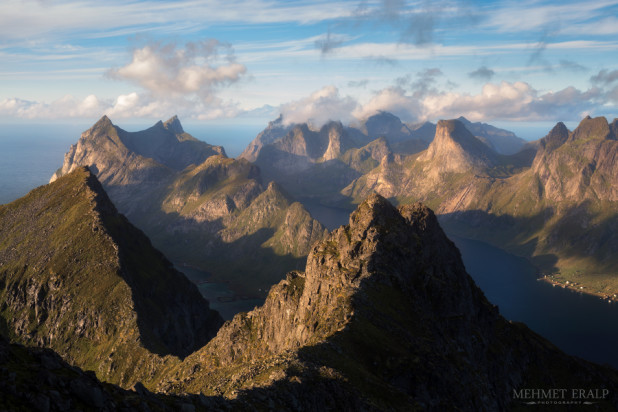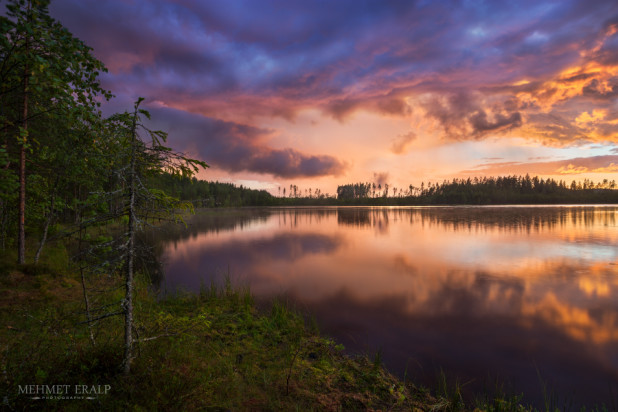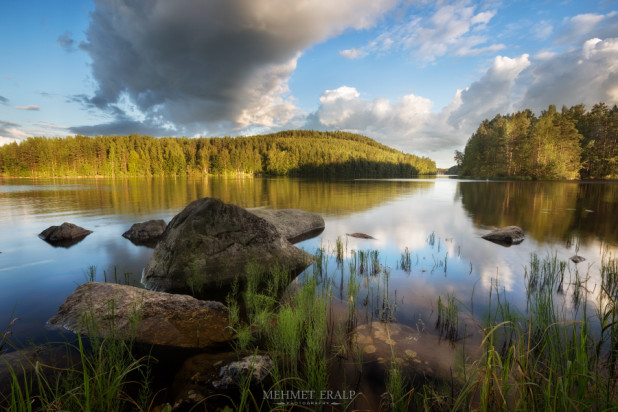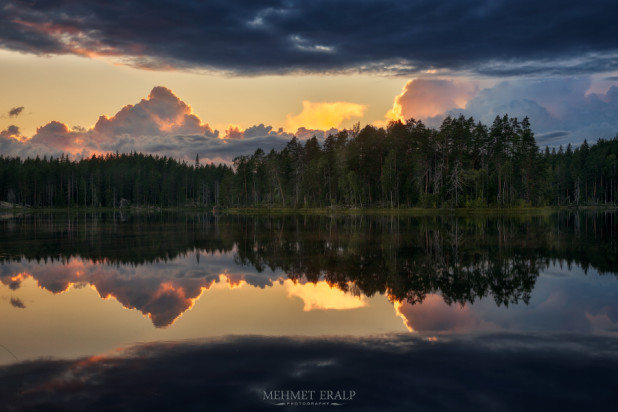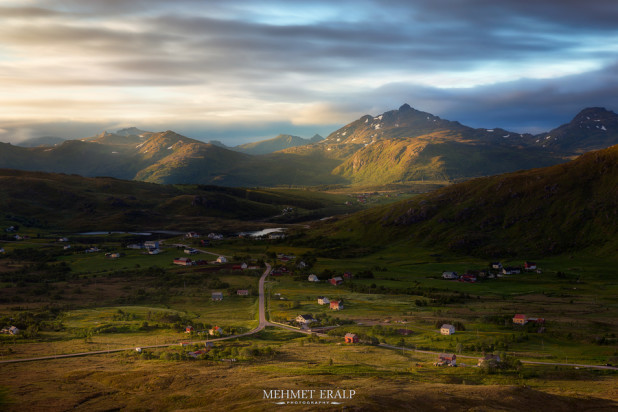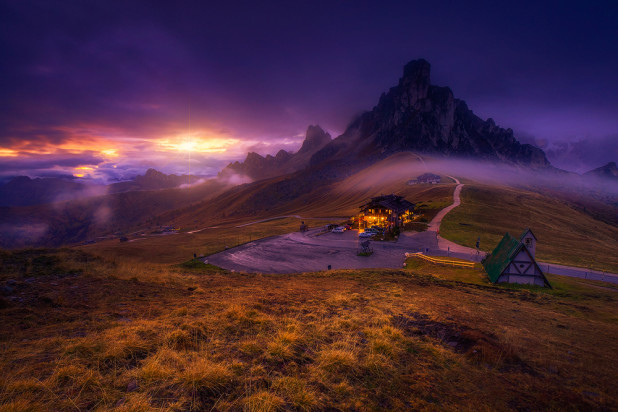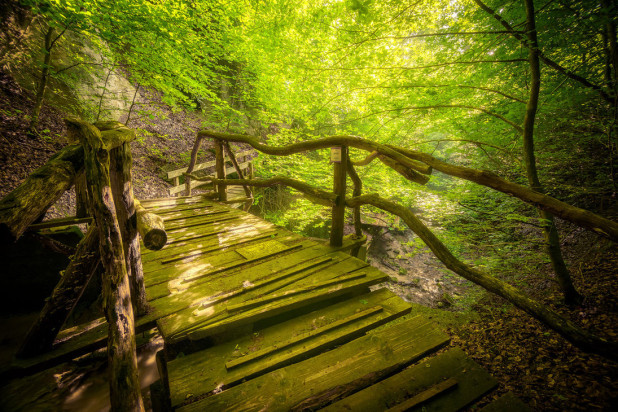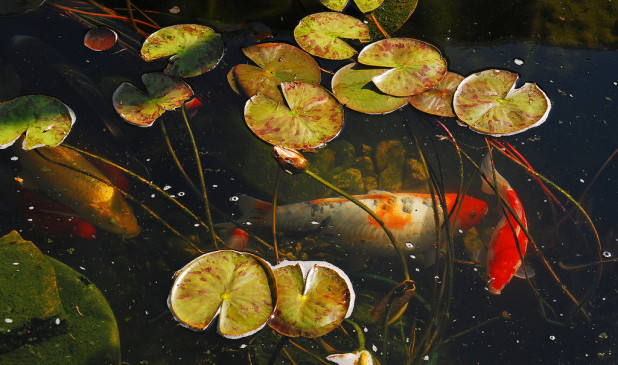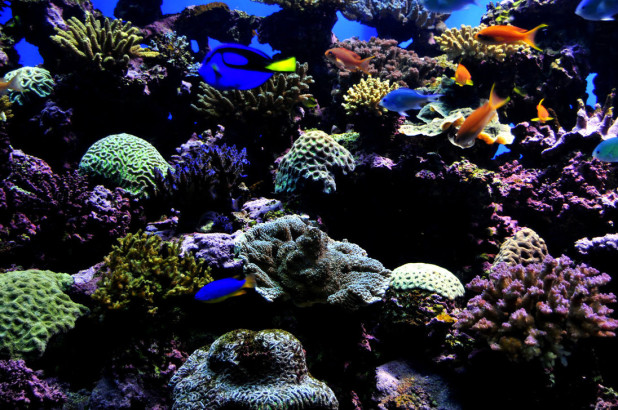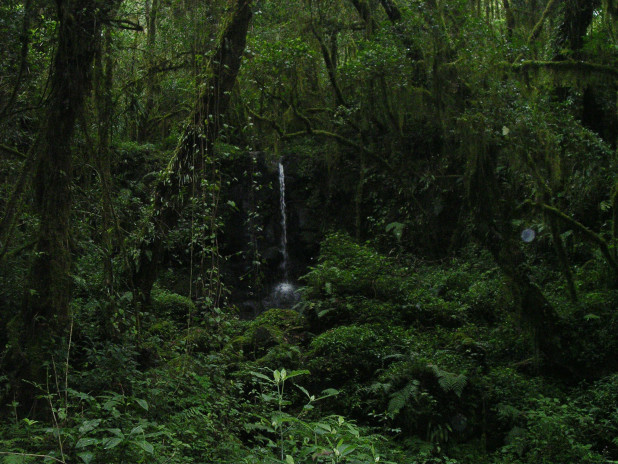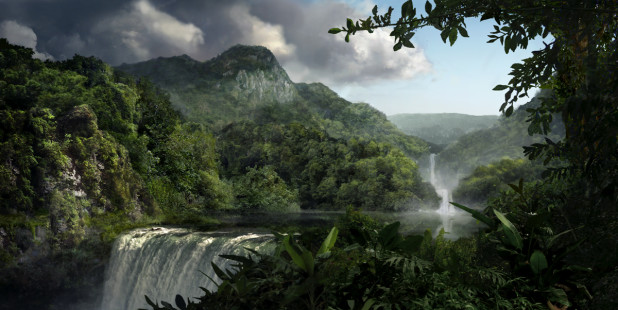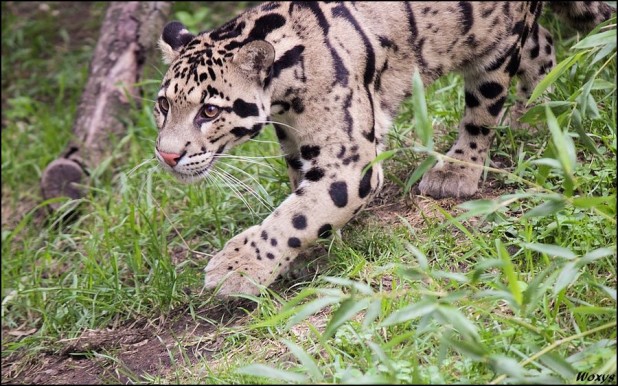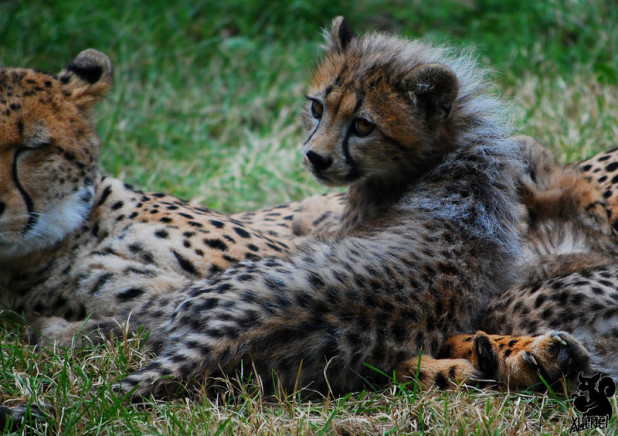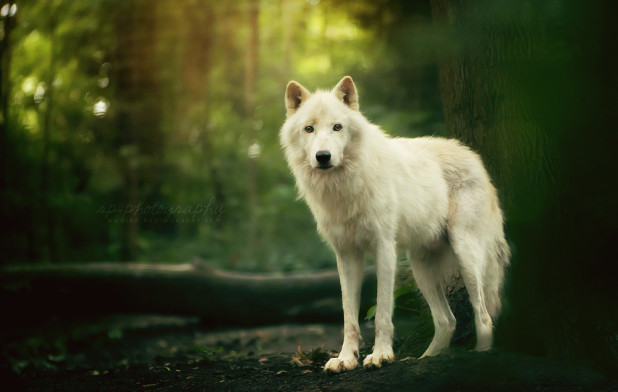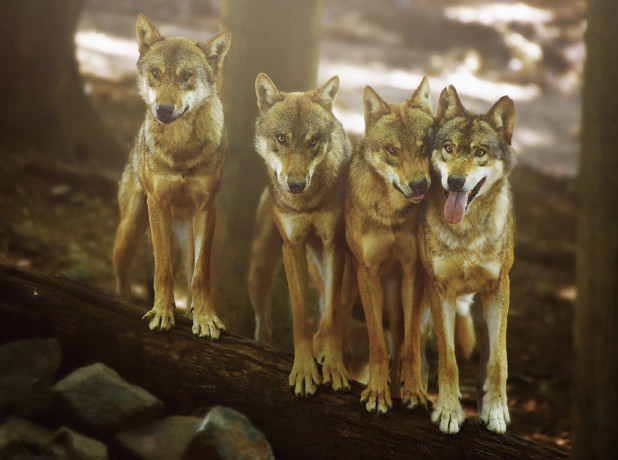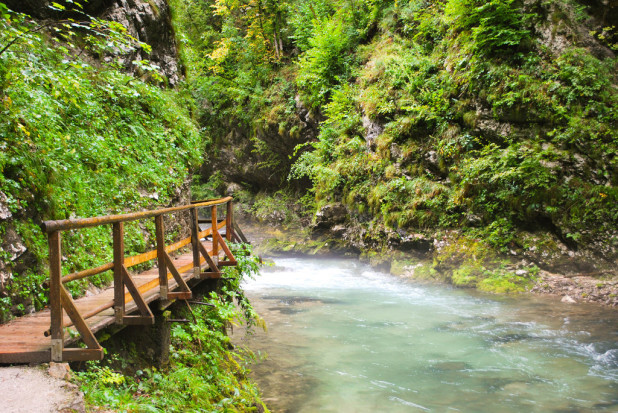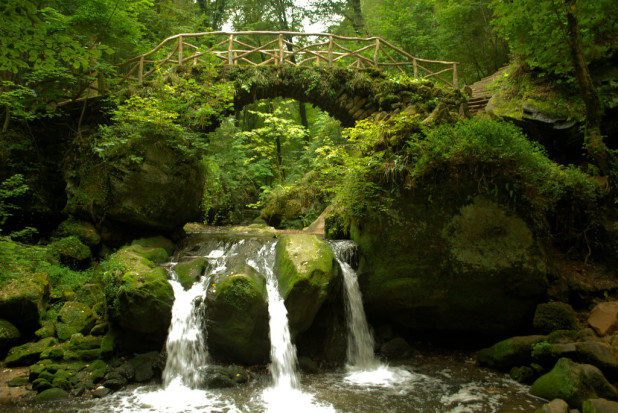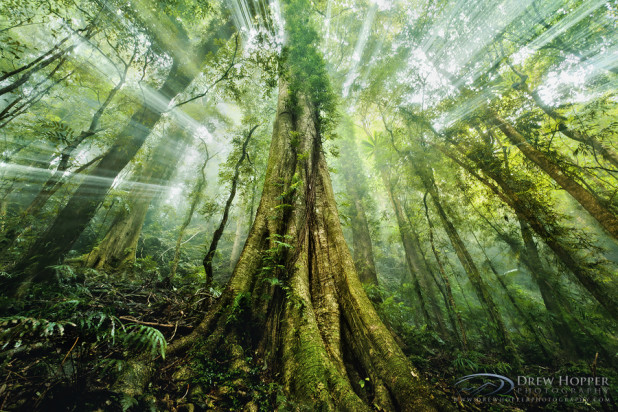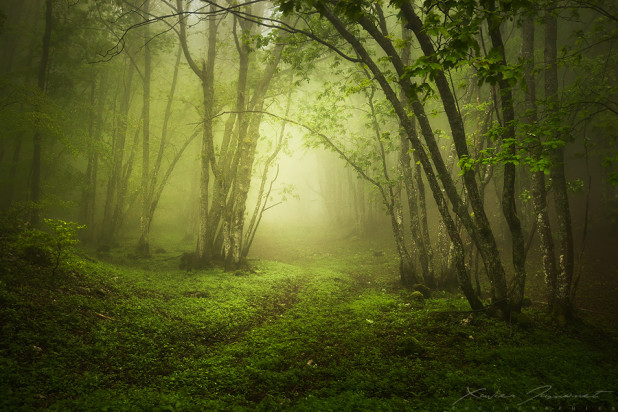Andrew Anglin
Daily Stormer
September 10, 2016
Who is the “we” in this headline?
It is simply an obvious fact that if you allow non-Whites to continue breeding out of control, they are going to destroy absolutely everything. Not just the entirety of human civilization, but the planet itself.
The environmental crisis has largely dropped-out of public discussion in recent years, due to the fact that “overpopulation” is a Black and brown phenomenon, and when you talk about “reducing the world’s population,” it comes very, very close to meeting the current definition of “racism.”
When most people think about conservation, they probably imagine saving the panda, or some other threatened creature, or maybe protecting whatever remains of its habitat. But James Watson thinks we’re missing the big picture. Large swaths of wilderness also really need our help, he and his colleagues report today. They have compared the extent of Earth’s wilderness areas in 1993 and 2009, documenting almost a 30% loss in South America and a 10% loss globally.
Similar estimates in the past have focused on deforestation, but the new study looks at the disappearance of a broader range of wild landscapes. “This is the first time that anyone has put a number on the loss,” says Tim Newbold, a conservation biologist at University College London whose own work has shown that wilderness areas contain the world’s most undisturbed biodiversity. Such unspoiled regions, scientists argue, are also critical for allowing the planet to cope with climate change. As a result, this new work is “a wake-up call,” says Robin Chazdon, an ecologist at the International Institute for Sustainability in Rio de Janeiro, Brazil, who was not involved with the study.
I want to note that I personally believe “global warming” – or “climate change,” as they’re now calling it – is a hoax designed to support the carbon credit ponzi scheme.
But that doesn’t make preserving forests any less important. And in fact, destroying wildlife would almost certainly affect the climate. Though that will be the least of our concerns.
Watson, a conservation biogeographer at the Wildlife Conservation Society based at the University of Queensland, St. Lucia, in Brisbane, Australia, and his colleagues earlier determined the extent of the “human footprint” on Earth by incorporating maps and data on crop lands, pastures, night lighting, railways, roadways, navigable waterways, population densities, and “built” environments, which included urban areas and other settlements. For most of these threats to wilderness, they had satellite and other data from the early 1990s and for the late 2000s. All but two of these pressures have increased in that time, Watson and his colleagues reported in a study last month in Nature Communications. (Roadways and waterways haven’t expanded noticeably.)
Wilderness is defined as pristine landscapes mostly free of human disturbances, including roads. So for the new work, Watson’s team adjusted the wilderness detected in satellite images to exclude places experiencing these human pressures to come up with the total area of wilderness. They also excluded Antarctica and similar “rock and ice” habitats, the oceans, and large lakes.
By 2009, about 23% of Earth’s land remained as wilderness—about 30.1 million square kilometers spread mostly across North America, North Asia, North Africa, and Australia, they conclude today in Current Biology. That’s 3.3 million square kilometers less than in 1993, an area about twice the size of Alaska—Watson says. South America has lost almost 30% of its wilderness in that time and Africa has lost 14%. The losses included the total devastation of several large swaths of forest and swamp in the Congo and in New Guinea.
One reason for the trend, Watson and others say, is that governments and conservation organizations often prioritize their protection efforts on habitat that is severely threatened or degraded. But left unguarded, remote land is vulnerable to homesteading farmers and claim-seeking miners.
Work on remote coral reefs drive home why pristine places are important to biodiversity and suggests why other types of wilderness areas need protection. Stéphanie D’agata, now with the Wildlife Conservation Society in Antananarivo, has found that even the oldest, best managed marine protected area lacks the variety of organisms “that we find in wilderness areas,” she says. In June, she reported that she can’t find organisms common in remote reefs in marine protected areas close to human influences.
White people are responsible for none of this.
Or, you could say, we are responsible for all of it, because we decided to give modern medicine and technologies to non-Whites, then feed them through aid programs so they could breed completely out of control.
As I wrote last week, the UN needs to come up with a plan to cull these people, and they need to do it quickly.
The natural heritage of this planet is so magnificent, to purposefully destroy it in the name of the religion of equality would be the worst crime the universe has ever seen.
Even if we believe we have a right to destroy ourselves, there is no argument that can be made to justify destroying nature itself in the name of this insane project.
 Daily Stormer The Most Censored Publication in History
Daily Stormer The Most Censored Publication in History

